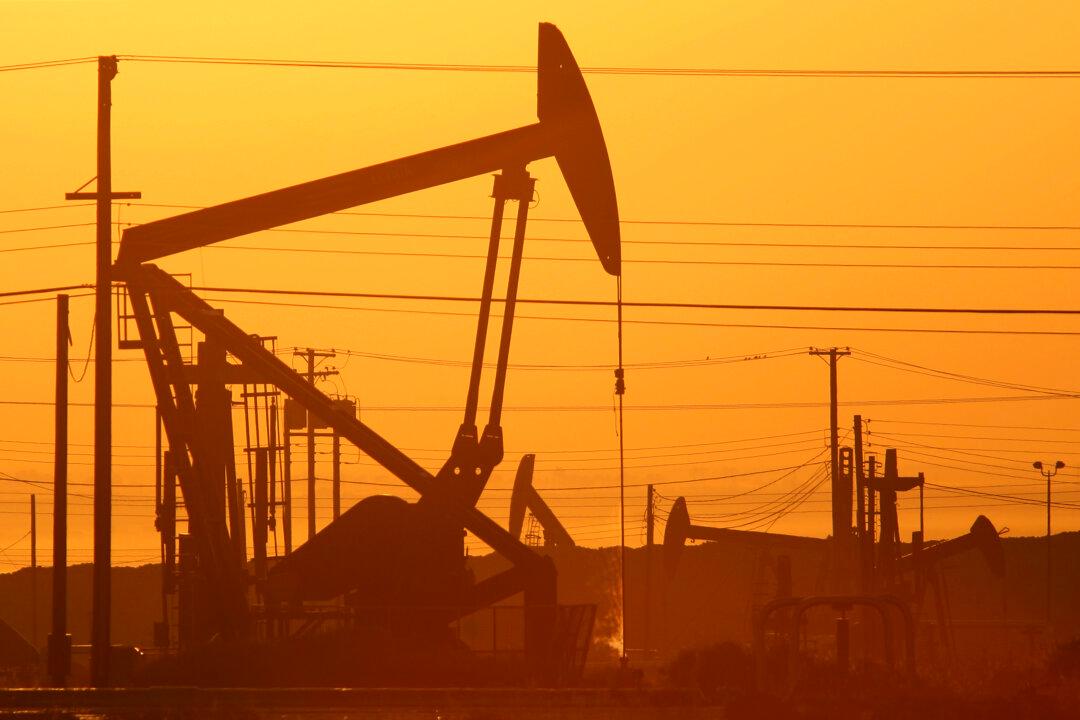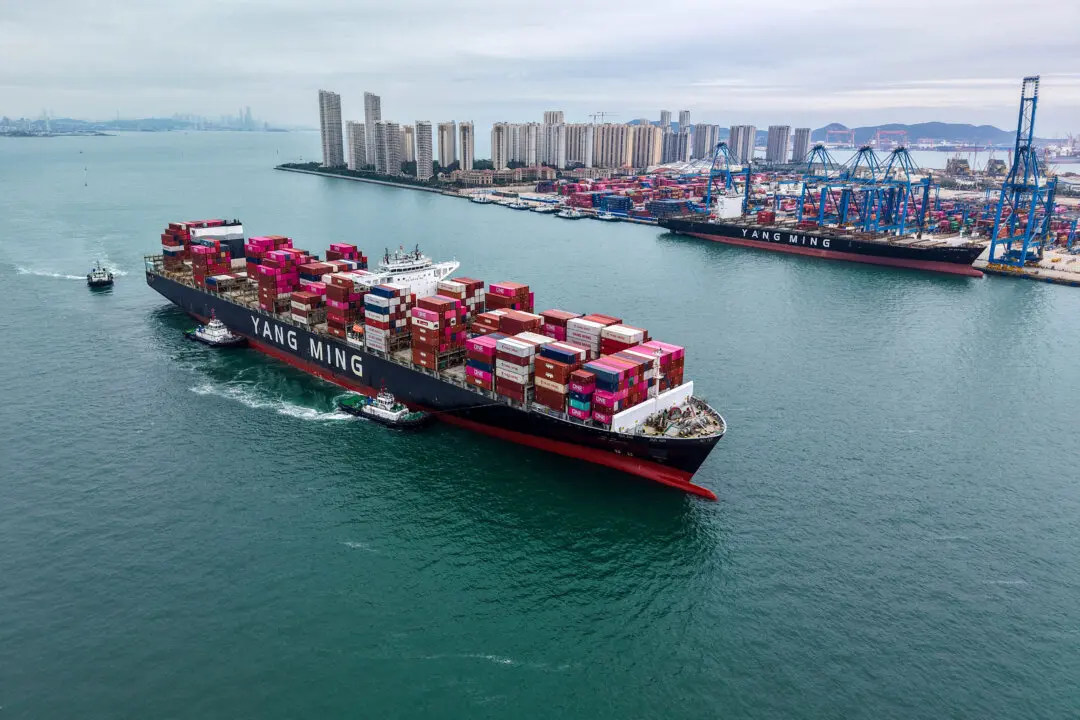Fracking has transformed the geopolitics of energy, shifting the center of gravity out of the Middle East to America.
It has turned the United States, a nation once reliant on foreign energy sources from some rather unsavory nations, into a net exporter of natural gas and refined petroleum products.





